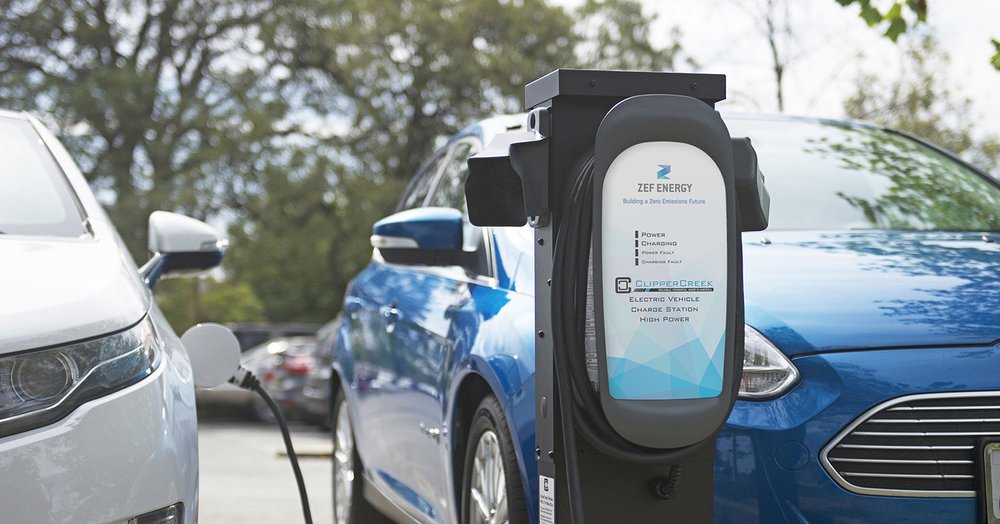How to Meet ADA Requirements for EV Charging Parking Spaces
The Americans with Disabilities Act (ADA) is a federal civil rights law that prohibits discrimination on the basis of disability in all areas of public life, including public accommodations. One area where the ADA has specific requirements is in the installation of electric vehicle (EV) charging stations.
The ADA requires that EV charging stations be accessible to people with disabilities, just like any other public facility. This means that the charging stations must be located in accessible parking spaces and must be designed in a way that allows people with disabilities to use them independently.
ADA Requirements for EV Charging Parking Spaces:
- Locating EV charging stations in accessible areas. EV charging stations should be located in areas that are accessible to people with disabilities, such as near accessible parking spaces or accessible entrances.
- Providing accessible access to EV charging stations. EV charging stations should be accessible to people with disabilities, including those who use wheelchairs or other assistive devices. This means that there should be enough space for people with disabilities to get close to the EV charging station and to plug in their vehicles.
- Designing EV charging stations for accessibility. EV charging stations should be designed in a way that is accessible to people with disabilities. This means that the chargers should be located at a height that is accessible to people in wheelchairs, and the controls should be easy to reach and operate.
- Operating EV charging stations in an accessible manner. EV charging stations should be operated in a way that does not create an undue burden for people with disabilities. This means that businesses and other organizations should not charge people with disabilities more for using EV charging stations than they charge other customers.
The ADA requires that EV charging spaces be at least 11 feet wide and 20 feet long. The space must also have an adjacent access aisle that is at least 5 feet wide. The charging space must be marked with a sign that reads “Accessible Parking Space for Electric Vehicles.”
In addition to the size requirements, the ADA also has specific requirements for the design of EV charging spaces. The charging station must be located in a way that allows people with disabilities to park their vehicles close enough to the charger to plug in their vehicles. The charger must also be located in a way that allows people with disabilities to access the charger without having to climb over or around other objects.
Accessible Operable Parts:
The ADA requires that charging ports on EV charging stations be located at a height that is accessible to people in wheelchairs. This means that the charging port must be no higher than 48 inches from the ground.
The ADA also requires that charging ports on EV charging stations be easy to reach and operate. This means that the charging port must be large enough for people to reach with their hands, and it must not require tight grasping, pinching, or twisting of the wrist.
In addition to the charging port, there are a few other operable parts on EV charging stations. These parts include the controls and the display.
The controls are the parts of the EV charging station that people use to start and stop the charging process. The controls come in a variety of shapes and sizes.
The display on the EV charging station indicates the remaining time until the vehicle is fully charged, providing essential information. The display comes in a variety of shapes and sizes.
The ADA requires that the display on EV charging stations be easy to read by people with disabilities. This means that the display must be large enough for people to see, and it must have high contrast so that it is easy to read.
Penalties for Non-Compliance:
The ADA prohibits businesses and other organizations from discriminating against people with disabilities. This means that businesses that do not comply with the ADA’s requirements for EV charging spaces may be subject to civil penalties. The amount of the penalty will depend on the severity of the violation.
Best Practices for Installing ADA-Compliant EV Charging Stations:
There are a few best practices that businesses and other organizations can follow when installing ADA-compliant EV charging stations. These best practices include:
- Consulting with an accessibility expert to ensure the installation of charging stations complies with current ADA standards.
- Utilizing clearly marked accessible parking spaces with the sign “Accessible Parking Space for Electric Vehicles” for present compliance.
- Locating the charging stations in a way that allows people with disabilities to park their vehicles close enough to the charger to plug in their vehicles.
- Installing the charging stations in a way that allows people with disabilities to access the charger without having to climb over or around other objects.
- Locating the operable parts of the charger within a range of reach that is accessible to people with disabilities.
- Providing a clear floor space of at least 30 inches wide and 48 inches long in front of the operable parts of the charger.
Implementing these best practices ensures businesses make EV charging stations accessible to individuals with disabilities, fostering inclusivity and compliance.

